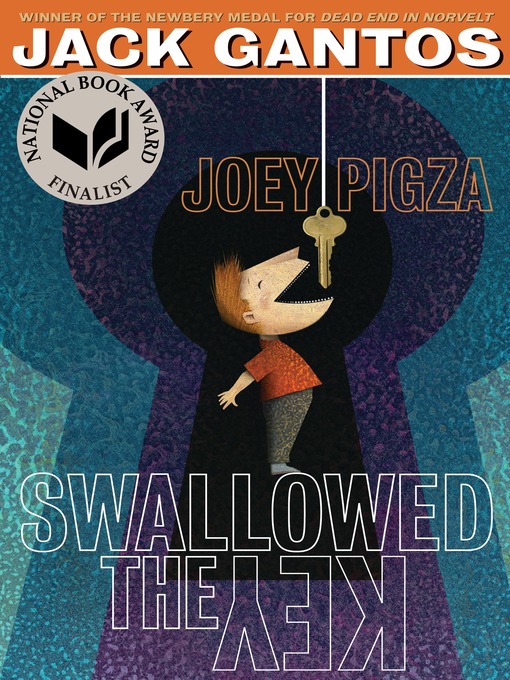Content Standards:
· CMCF Standard 3.1(a): Use geometric relationships to describe polygons
Learner Background:
Students will already have a background knowledge in line symmetry and will be able to identify shapes that do and do not possess symmetry, indicate where it exists (if at all), and specify if it is horizontal or vertical. Students will receive their first introduction to the concept of rotational symmetry through an interactive online website.
Goal: Use properties and characteristics of two- and three-dimensional shapes and geometric theorems to describe relationships, communicate ideas, and solve problems
Objective:
· Students will be able to indicate if an object does or does not possess rotational symmetry
· Students will be able to identify the order of different shapes and objects
Assessment:
· Student made t-charts will be evaluated to determine the student’s ability to discriminate between objects that do and do not contain rotational symmetry. They will also be used to determine if students are correctly identifying the order of shapes and objects.
Materials:
Student Introduction:
· Internet access with Mimio
· http://www.teacherled.com/2008/01/28/rotational-symmetry/
Student Investigation:
· Manipulatives (containing both objects with and without rotational symmetry)
Examples: wheels, wheel-shaped pasta, sea star, inside of apple, star fruit, sand dollar, flower, snowflake, sea urchin, fan, windmill, Lego pieces
· List of items and what part to focus on (place in bins)
· Chalk
· Mini stickers
· Scrap paper
· Student notebooks and pencils
Student Project:
· 7”x7” square pieces of paper
· Crayons
· Rulers
· Scissors
· 4 cut-out oak tag stars
· 2 cut-out oak tag squares
Learning Activities:
1. Online interactive learning tool: Students will learn what rotational symmetry is through modeling and guided practice using an interactive online tool. First the teacher will model tracing a shape and turning it to show rotational symmetry. Next the children will be engaged with the activity as they take turns rotating the shapes to see the matches.
2. Student Investigation: Students will work in small groups of 3-4 students to identify if their group’s materials do or do not possess rotational symmetry. The objects will be placed in a bin. Students will be encouraged to use mini post-it notes or chalk to mark the top of an object and observe how it can look identical to the original form in more than one instance during a full rotation. They will be asked to log in their journals if the objects contain rotational symmetry, and if so, what the order is.
*An introduction to the investigation is necessary. Teacher should model how to appropriately go about determining if rotational symmetry exists. Model when it would be appropriate to trace and when it would be appropriate to tilt head or look with eyes. Teacher should also show how to use the stickers and chalk appropriately. It may be necessary to model what an effective t-chart looks like using an illustration on the board.
3. Student Creation: Students will create a pinwheel to demonstrate an object with rotational symmetry. After the pinwheel is created we will compare it to an overhead worksheet containing a windmill, tire, and fan (from Houghton Mifflin Math book). We will turn our pinwheels and count out loud how many turns until we get back to the original position. We will know we have reached our original position because we would have put a large black dot at the top of the pinwheel. We will discuss what characteristics this shape has and why that contributes to whether it has rotational symmetry. We will compare this creation to other shapes that we have explored.
Pinwheel Directions:
Teacher prep:
Cut construction paper (lightly colored) into 6x6" squares. Cut oaktag into approx. 9x6" rectangles. Poke holes in the center of the oaktag with paper clip.
1. Divide construction paper into four equal parts and color each square
2. Children will measure 3" lines from the corner to the center of their squares and cut the slits.
3. Bend one side of paper clip out and press into oaktag with flat side directly on bottom
4. Gather every other flap and pull into middle and press down on exposed paper clip
5. Place tape around sharp edge of paper clip.
5. Spin!
Differentiated Instruction:
If students seemed to have trouble with the concept of rotational symmetry after the investigation, it may be necessary to provide a bit more scaffolding before the student creation. Take four equilateral triangles and show how you can make shapes with rotational symmetry simply by flipping the two triangles and keeping the shapes symmetrical horizontally and vertically. The same can be done for the squares. Students should be asked questions during the modeling such as: What makes these shapes symmetrical by rotation? How can I look quickly at this shape and know the order? How can I test the order? Do these shapes have equal sides? Do these shapes have equal angles? What does this information tell me about shapes with rotational symmetry?
Many students will need help bending paper clip and drawing lines into the complete center. Extra assistance may be necessary.










